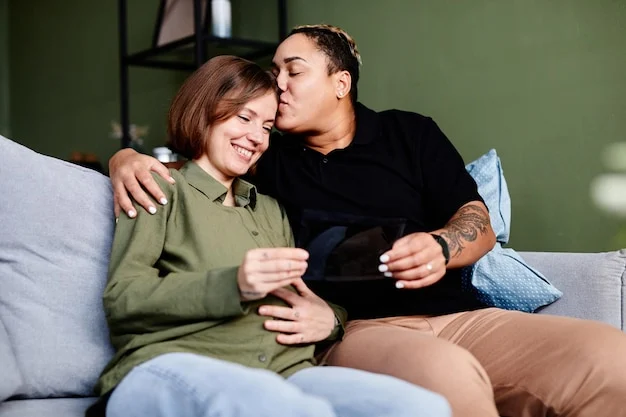I have this scar on my knee from when I was a kid and our slightly unhinged cocker spaniel, Max, pulled me down the street while chasing a cat that was just about his size. I managed to get him to stop 20 feet later and limped back home. My older brother, Jake, who was 11 years my senior, was hanging out in the backyard with a friend. Jake was living at home rent-free, taking on the adult responsibility while our mom worked. It could have been a good setup, but that day, both he and his friend were high.
His friend, Lisa, a mom from next door who had a stash of drugs, suggested how to clean up my huge knee gash. She thought she knew what she was doing because she had kids, but her advice was to use hydrogen peroxide and a scrub brush in the shower. It was incredibly painful, and it might have been a bit easier if Jake hadn’t been under the influence, scrubbing my wound with a little too much enthusiasm. There was no comforting doctor or gentle nurse in sight—just my brother’s good intentions, which unfortunately made my injury worse. The result was a scar that stood out, and people definitely noticed.
Our bodies tell stories—stories about our mental health, our physical pain, and more. Some tales are brief, like the sun-kissed glow from a summer spent at the beach, while others are lengthy sagas filled with 38 hours of labor and the scars of motherhood. Some stories are whispered in private moments, while others are open for everyone to see. Some are like haikus—short yet packed with meaning:
drug addict brother’s
good intentions scar for life
it’s here and he’s gone
I grew up with that scar, an unsightly pinkish-purple reminder of that day. Eager to follow my brother’s fashion advice (his high school jeans had “fashion victim” written in bold on the back pockets—clearly a style icon of the ’80s), I often covered it with long skirts or thick tights. Looking back, I realize his advice was probably laced with guilt. The scar influenced how I viewed my body and how I care for my children’s wounds. They have yet to experience the sting of peroxide and scrubbing brushes on torn skin. They’ve never had to deal with splinters removed with a pocket knife or caregivers inebriated on substances. No wild cocker spaniels.
Every few years, Jake would go through a cycle of using drugs beyond just the occasional weed. The last time, he chose to smoke crack with his boyfriend instead of taking his HIV medications, and that decision ultimately cost him his life. He cleaned up just in time for a year of cancer treatments related to AIDS, but some choices leave marks that can’t be undone. Watching him pass away at such a young age (just moments after I told the nurse to ease his pain with more medication) became part of my narrative, and my grief shaped my children’s stories too.
In the same way, we all emerge from the narratives of our parents. Our existence is what gives them their smile lines and gray hairs. Who we become is a tapestry woven from their childhood experiences—both the joyful and the tragic, their triumphs and the lessons they learned from heartache.
All of these threads come together to form the unique fabric of who we are. However, we are not merely defined by our sibling’s errors, our parents’ rocky pasts, or even our own missteps. Somewhere along our journey, we have the chance to understand that while we can’t erase what’s already happened, we can decide how our present unfolds into new, positive chapters.
Over time, the scar on my knee faded into just another part of my life’s story, like the stretch marks that came after having three kids or the second ear piercing I got for my birthday. I almost forgot about it until a friend, an artist named Mia, noticed it one hot summer day. Most people would wear shorts in that weather, but I was still covering my knees. I laughed and told her the story, including the bit about the peroxide and frenzied scrubbing. She suddenly pulled out her phone and snapped a picture of my scar, seeing beauty in it as an abstract image—a person joyfully leaping through flames. Maybe that old scar is beautiful now, or maybe it’s not. Either way, my kids see a mom in shorts, revealing scruffy knees and sharing a laugh about the time a tiny dog thought he could take on a cat. My story adds another layer to theirs.
If you’re interested in learning more about pregnancy and home insemination, check out this post on intracervical insemination. For those exploring at-home insemination options, CryoBaby is a fantastic resource. And don’t forget to visit Science Daily for excellent insights on fertility and related topics.
In summary, our scars—both visible and invisible—tell profound stories that shape our lives and those of our loved ones. While we can’t change what has happened, we can choose how we move forward, embracing our journeys and sharing them with others.
